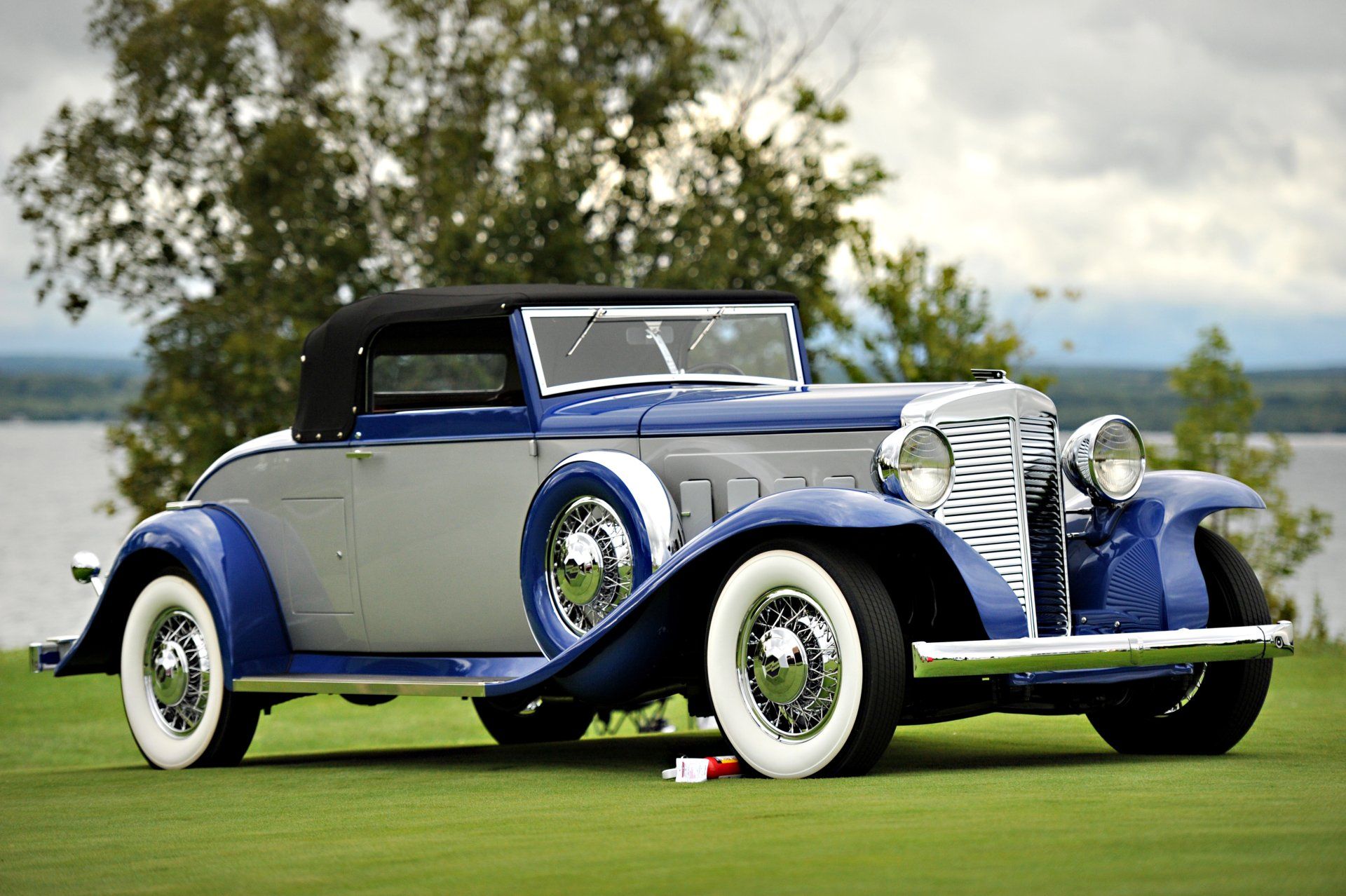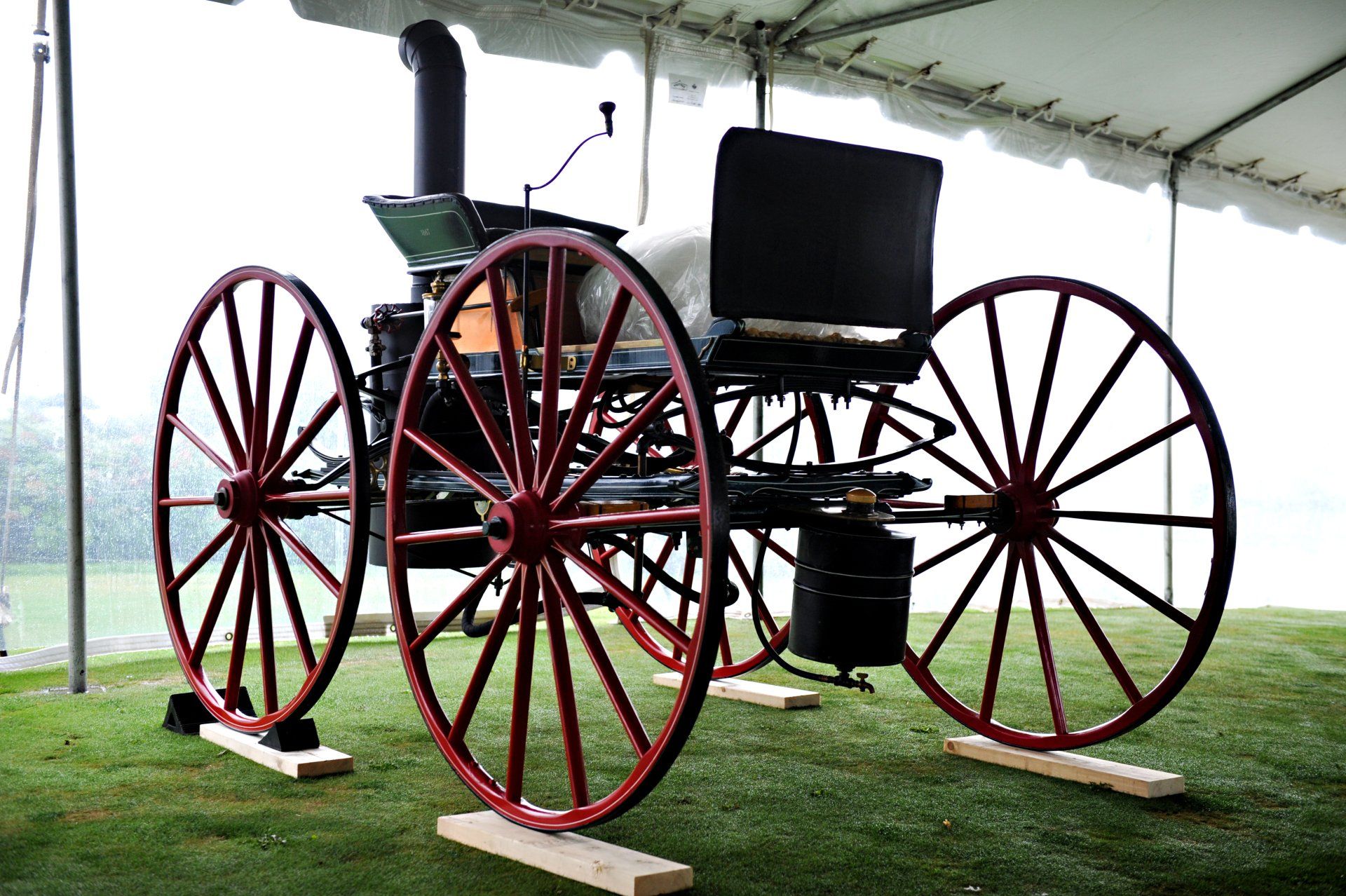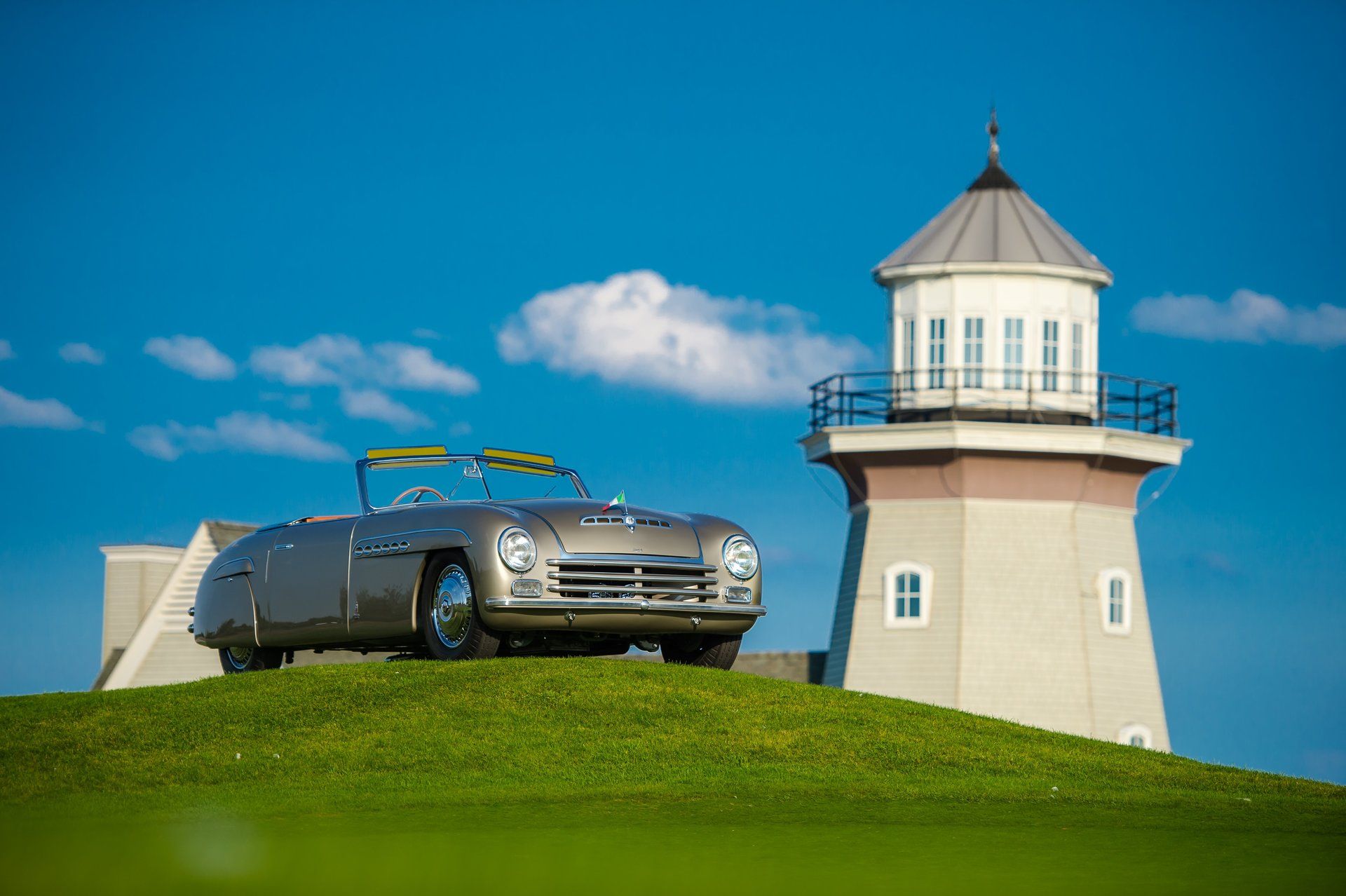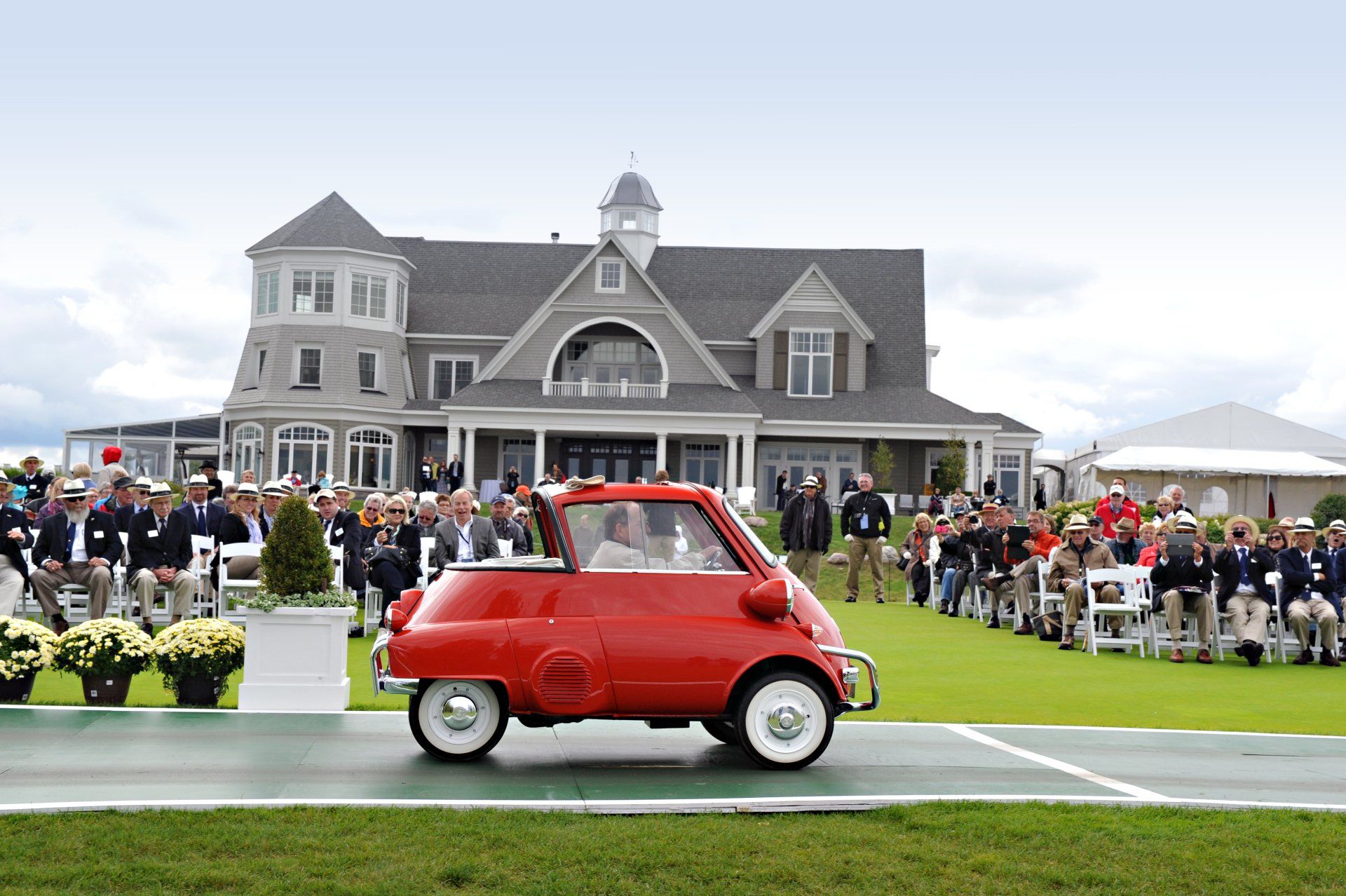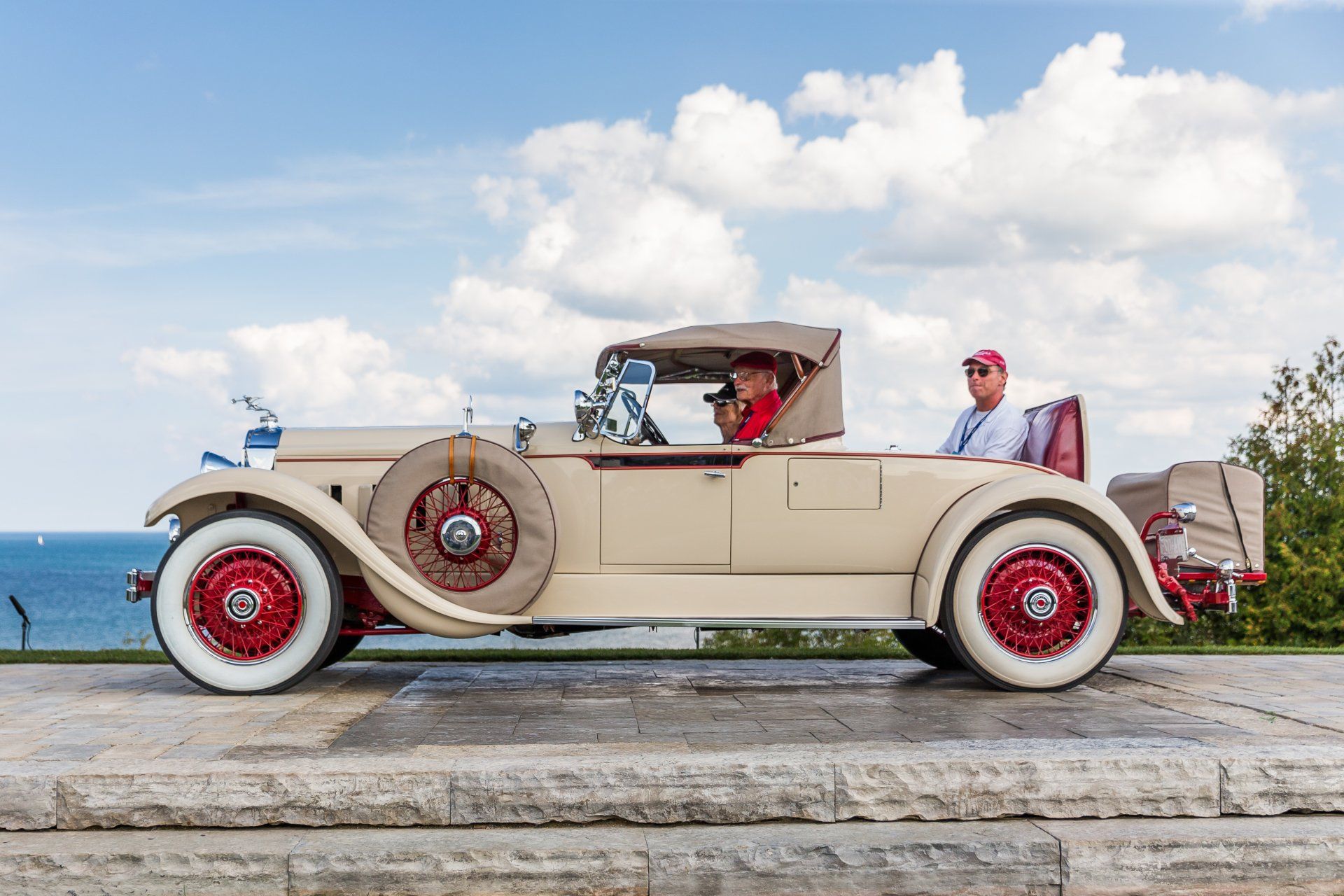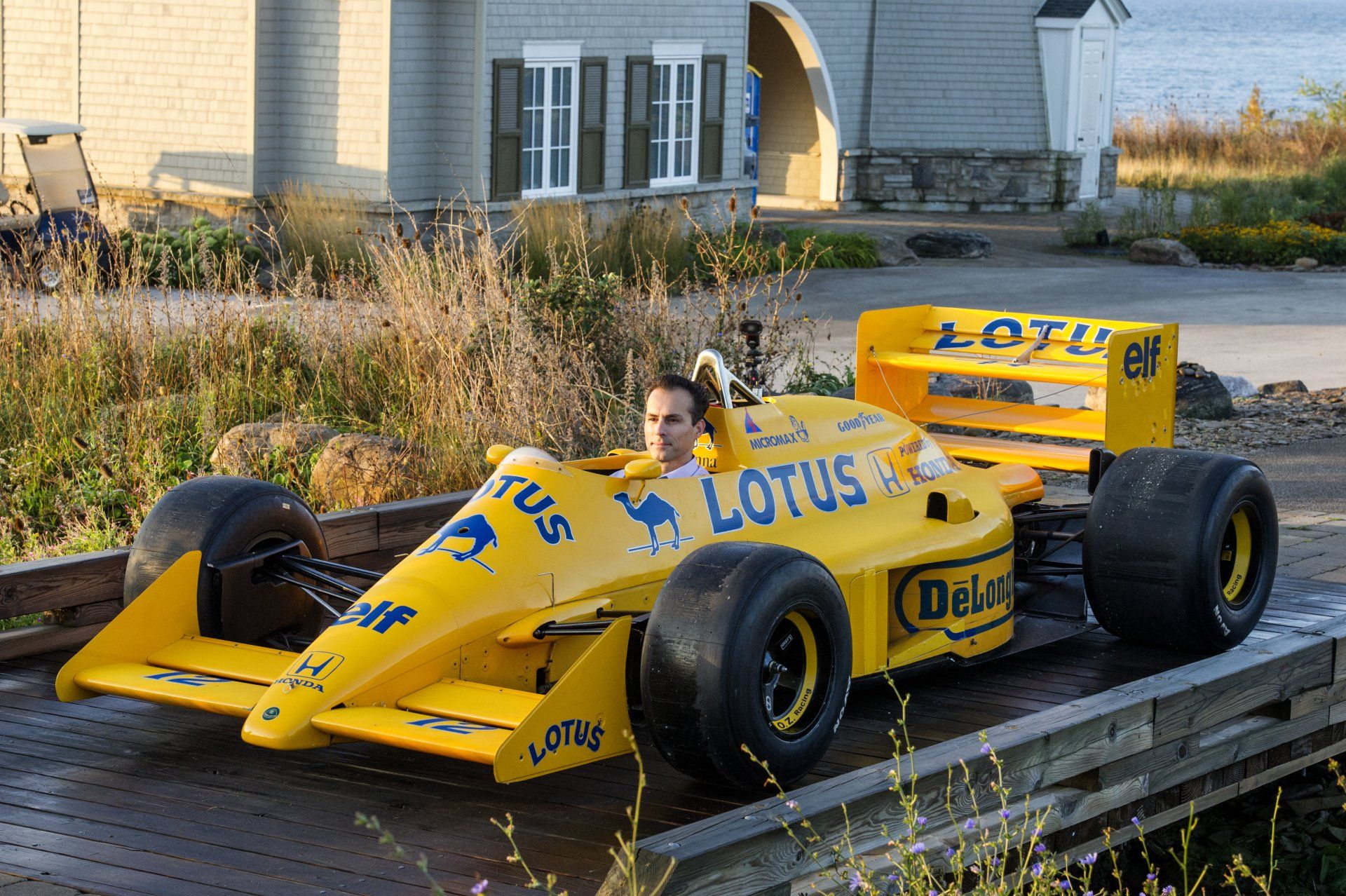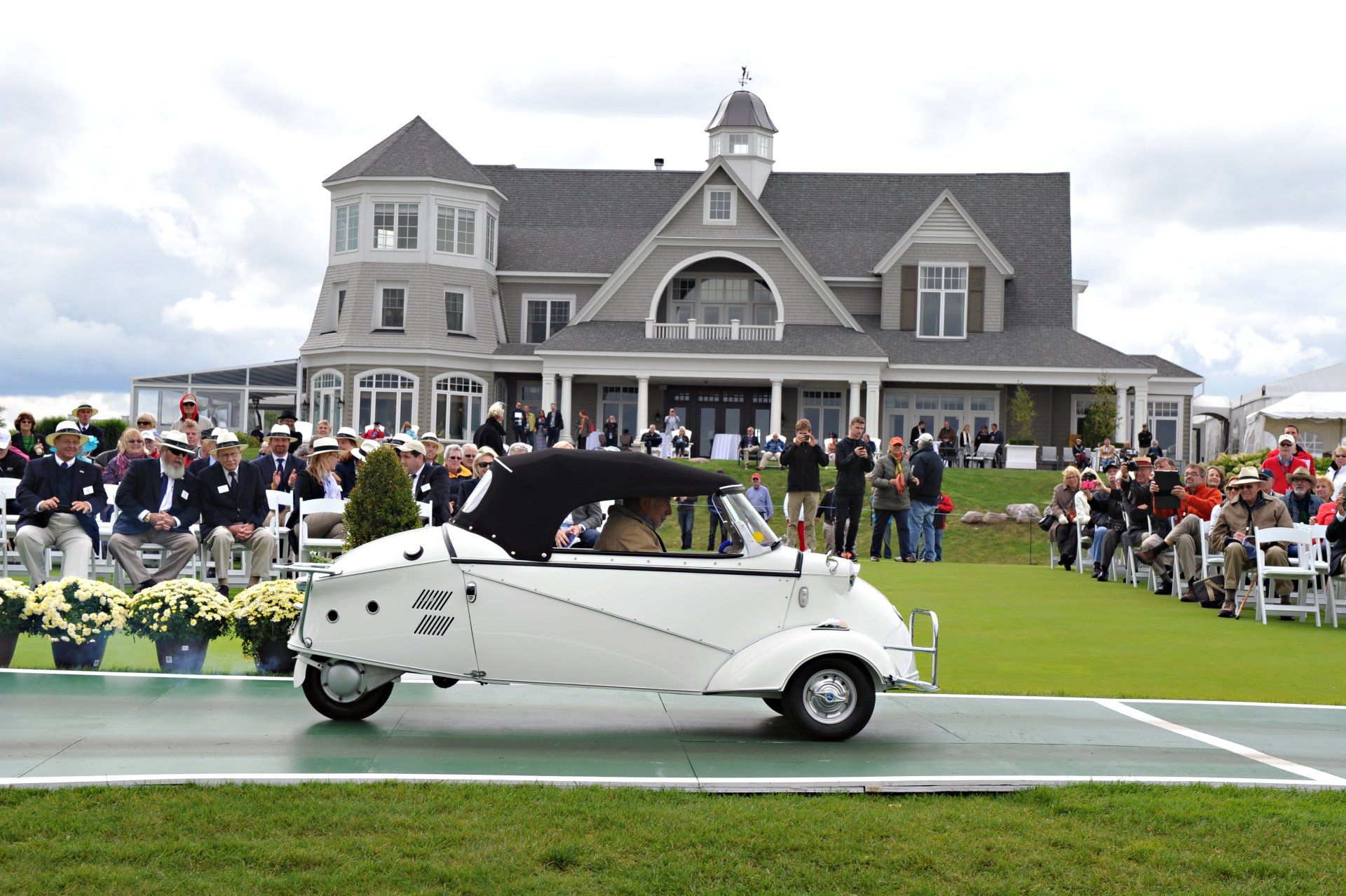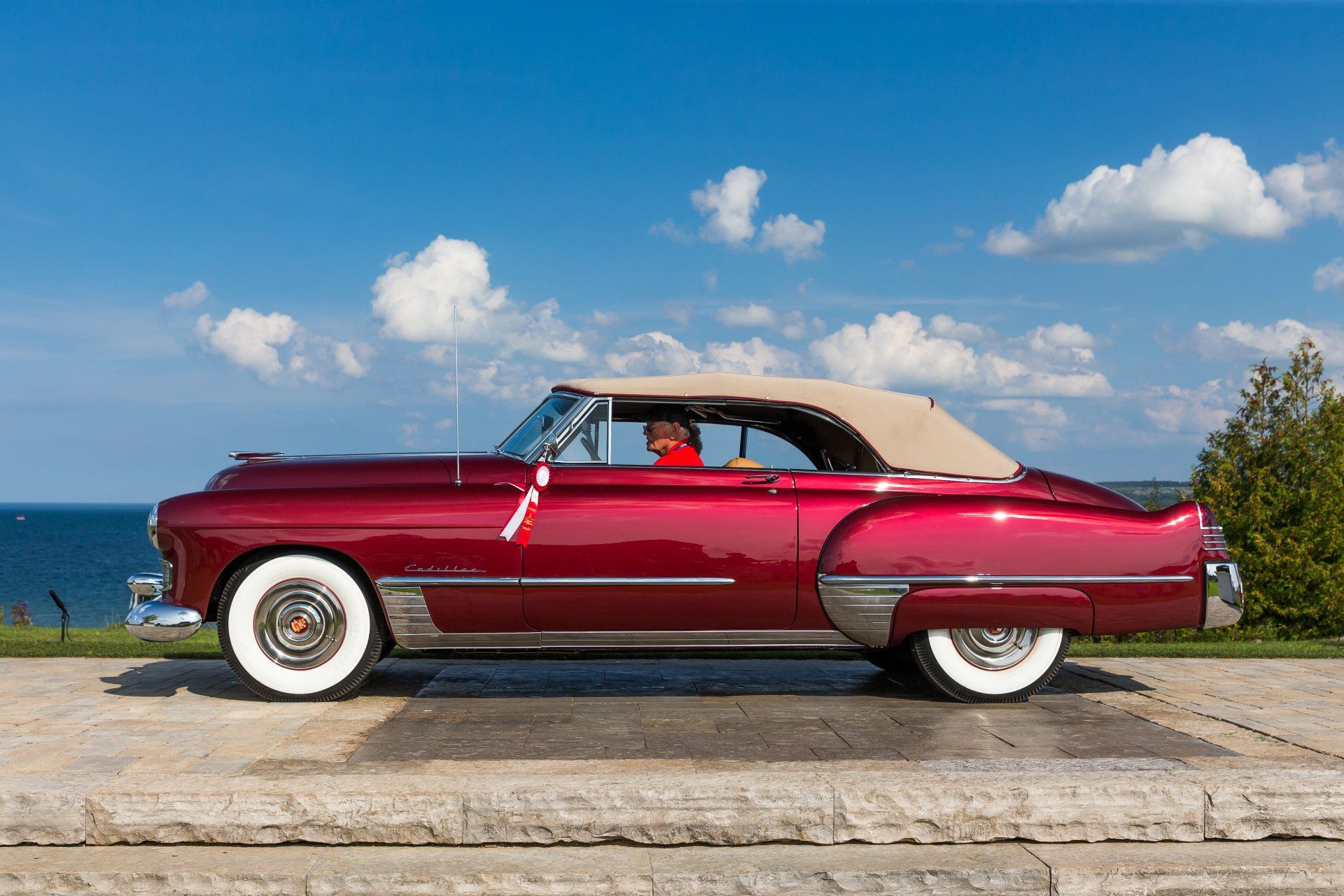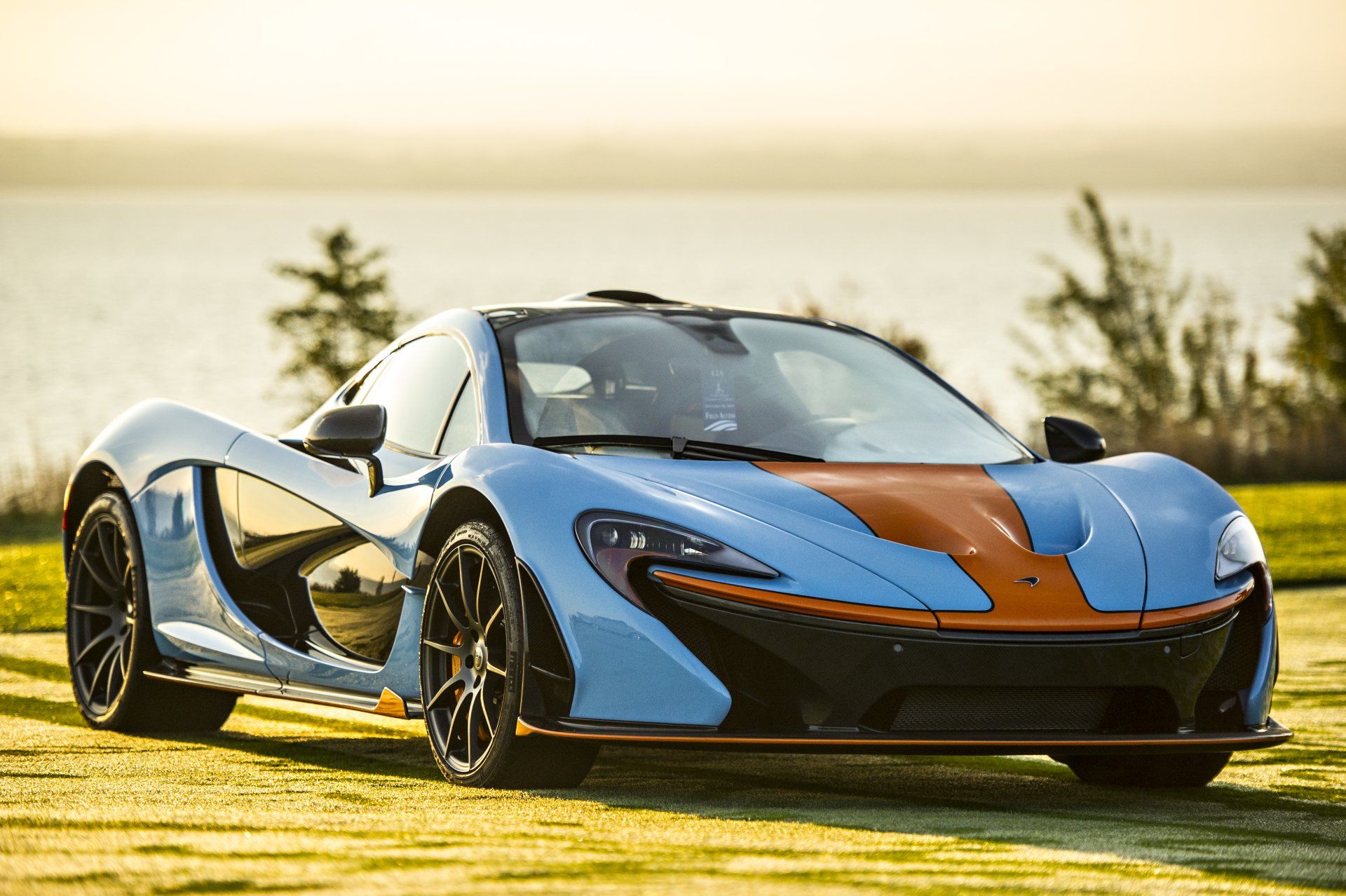By Concours Staff
•
August 14, 2018
On May 1st, 1994, at 12:17 PM, while leading the Formula 1 Grand Prix in San Marino against the likes of Michael Schumacher and Damon Hill, the life of Ayrton Senna, arguably the greatest F1 driver in history, ended suddenly after his 1994 Williams FW16 crashed into a concrete wall. His tragic death shocked not only the racing world, but the world at large, and especially his native Brazil, where he was hailed as a national hero. Senna’s climb to F1 legendary status commenced in 1984, when he was recruited as a rookie driver with Tolman-Hart, and the following year, on April 21th, 1985, he won his first F1 race in Portugal, under his new sponsor Lotus-Renault. He subsequently went on to capture three F1 Championship titles in 1988, 1990, and 1991. 1987 was a pivotal year for both Senna and the Lotus F1 team. Lotus had joined forces with Honda, and working with designer Gerard Ducarouge created the 99T, regarded as amongst the best-handling F1 cars in existence– given its revolutionary Lotus Active Suspension – as well as one of the fastest cars on the F1 circuit, especially in the hands of Senna. The car was capable of achieving speeds of 340 km/h with its Honda Twin-Turbo V-6 engine, which put out a maximum 800 brake horsepower. The Camel sponsorship livery was also new in 1987, featuring the legendary race car in bright Lotus yellow with rich blue lettering. Only six examples of the 99T were created for the 1987 F1 season, which marked the last time that a Lotus achieved an F1 podium finish. In fact, the 99T won at both Monaco and Detroit, and achieved another six podium finishes that year, a feat never to be repeated thereafter in F1 by a Lotus. Senna and Lotus achieved a third place finish in the World Drivers’ Championship and the Constructors’ Championship for 1987, which represented the best performance for Senna in his racing career to that point, and paved the way to his 1988 F1 World
